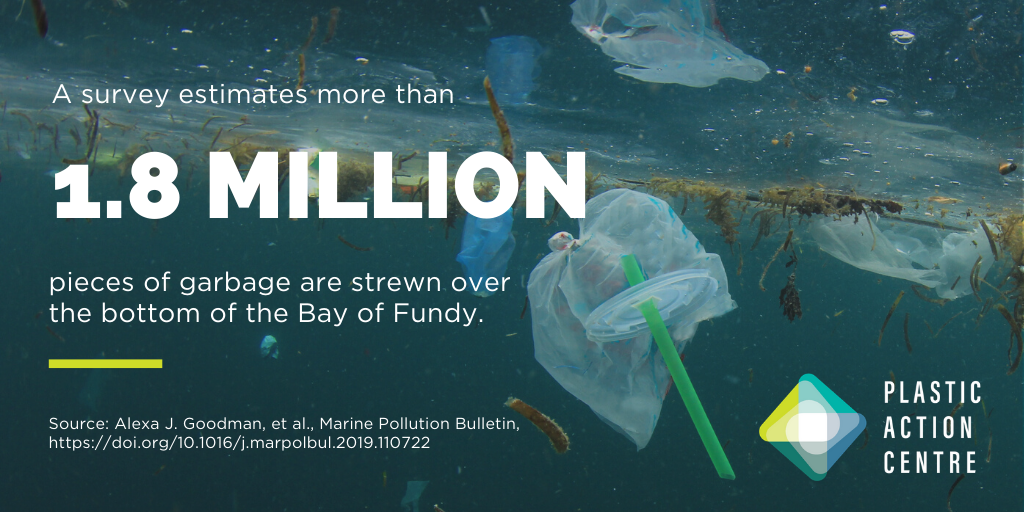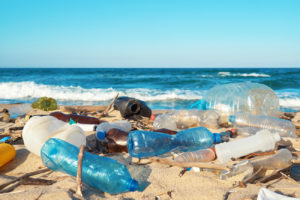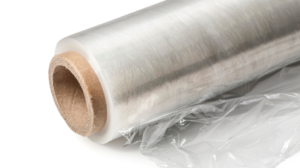Study: Benthic marine debris in the Bay of Fundy, eastern Canada: Spatial distribution and categorization using seafloor video footage
Marine debris, particularly plastic and abandoned, lost and discarded fishing gear, is ubiquitous in marine environments. This study provides the first quantitative and qualitative assessment of benthic debris using seafloor video collected from a drop camera system in the Bay of Fundy, Eastern Canada. An estimated 137 debris items km−2 of seafloor were counted, comprising of plastic (51%), fishing gear (including plastic categories; 28%) and other (cable, metal, tires; 21%).
Debris was widespread, but mainly located nearshore (within 9 km) and on the periphery of areas with high fishing intensity. This baseline benthic marine debris characterization and estimate of abundance provides valuable information for government (municipal, provincial and federal) and for other stakeholders to implement management strategies to reduce plastic and other categories of benthic marine pollution at source. Strategies may include limiting plastic use and reducing illegal dumping through improved education among fishers.




